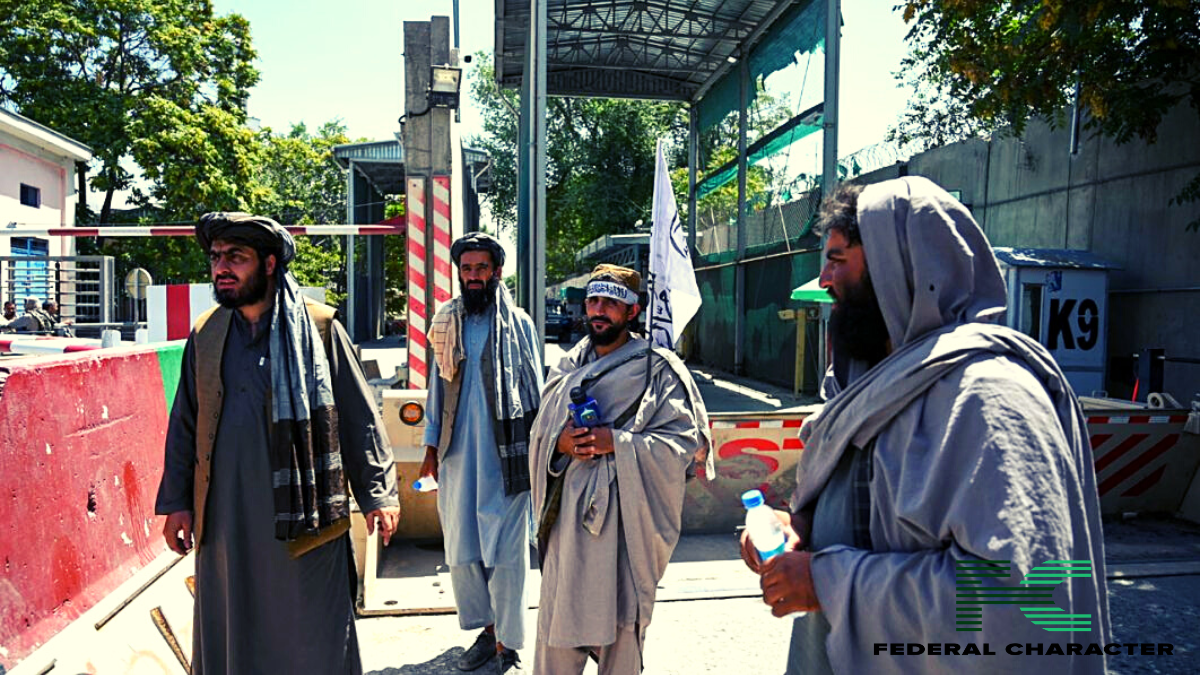About 50 people have been confirmed dead in the aftermath of a fresh bout of heavy rain and flooding in central Afghanistan, according to official reports on Saturday.
The head of the information department for the central Ghor province, Mawlawi Abdul Hai Zaeem, had informed Reuters journalists, saying that there was no information about how many people were injured in the rain spell that began on Friday. The heavy rains had also cut off many key roads to the area.
According to Zaeem, about 2,000 houses were wholly destroyed, with 4,000 partly damaged, and over 2,000 shops currently under water in the province’s capital, Feroz-Koh.

The previous week, flash floods caused by heavy rains wrecked villages in northern Afghanistan, killing 315 people and injuring more than 1,600, according to the authorities on Sunday.
Last Wednesday, a helicopter used by the Afghan air force plummeted due to “technical issues” during attempts to recover the bodies of people who had fallen into a river in Ghor province, killing one and injuring 12 people, according to a report by the country’s defence ministry.
Afghanistan is susceptible to natural disasters and the United Nations ranks it as one of countries most prone to climate change.
It has battled a shortfall in aid after the Taliban took over as foreign forces withdrew from the country in 2021, since development aid that formed the backbone of government finances was severed.
What Does This Mean
The heavy rain and floods in central Afghanistan, killing fifty people, are significant for several reasons. They highlight the country’s vulnerability to natural disasters worsened by climate change. The destruction of thousands of homes and businesses shows the need for better infrastructure and emergency response. Additionally, since the Taliban takeover in 2021, aid has decreased, making recovery harder. This disaster emphasizes the need for international support and better disaster management in Afghanistan.

















